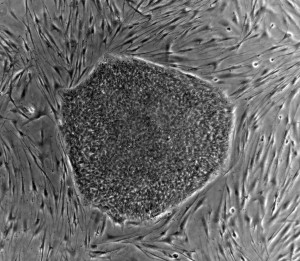THURSDAY, 3 APRIL 2014
A few months ago, a paper published in Nature revealed what was described as a “major scientific breakthrough”. Dr. Haruko Obokata from the Riken Center in Japan showed that she was able to regenerate stem cells from mature adults blood cells by immersing the cells into acid. In 2012, Nobel prize winners, Dr. Shinya Yamanaka and Dr. John Gurdon had shown that skin cells could be reprogrammed into pluripotent stem cells, but their method is time consuming and expensive. This new method developed by Dr. Obokata could potentially be a cheaper and faster technology.In her study, she showed that dipping murine blood cells in acid could revert the cells into stem cells which she termed STAP cells in her paper (stimulus triggered acquisition of pluripotency). Following the publication of the study in Nature, worldwide specialist in this field first described the study as “remarkable” and somewhat “unbelievable”.
However, this month questions were raised from other scientists regarding the accuracy of the data and figures presented in the paper. Following the publication of the report, many other research groups attempted to reproduce the results without success. Therefore the findings are now under intense investigation and Dr. Obokata, herself, has asked the paper to be withdrawn until additional correct data and figures are re-presented to the editors.
Written by Laetitia Schwab.

